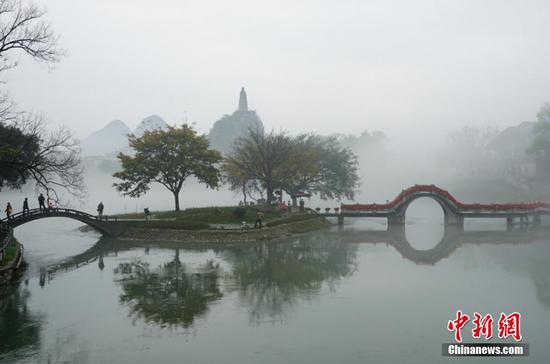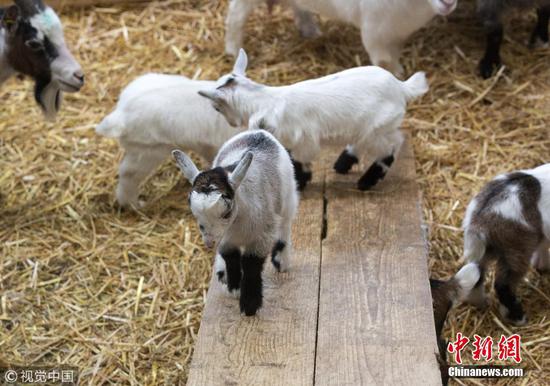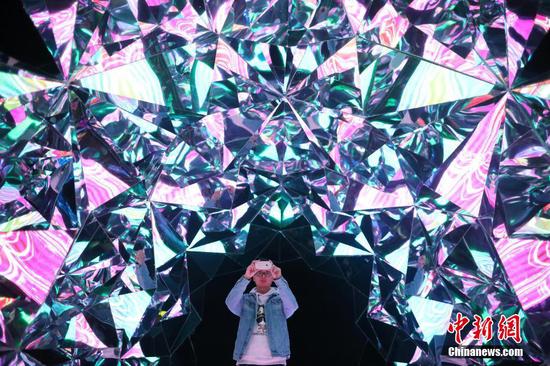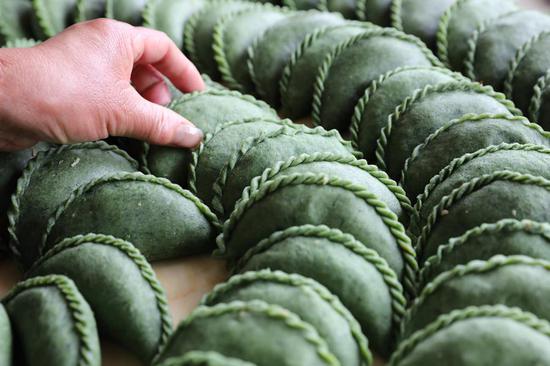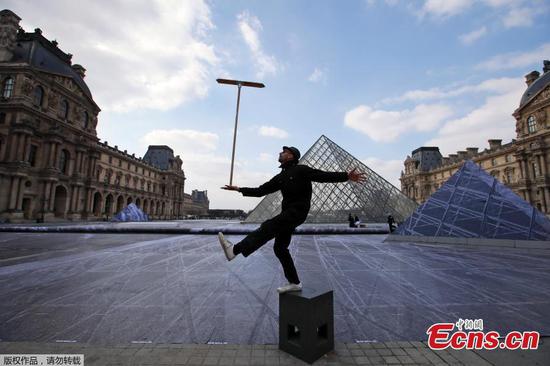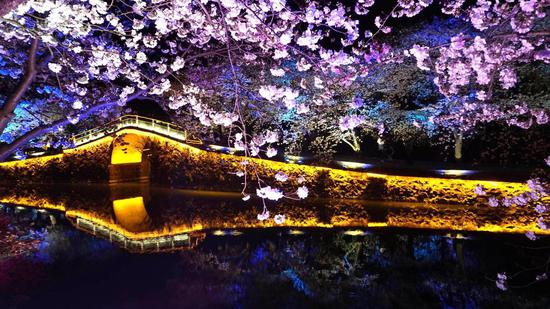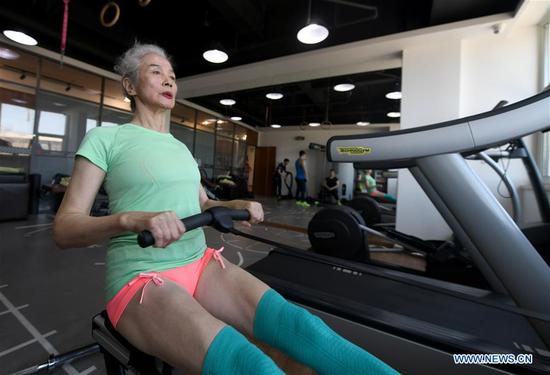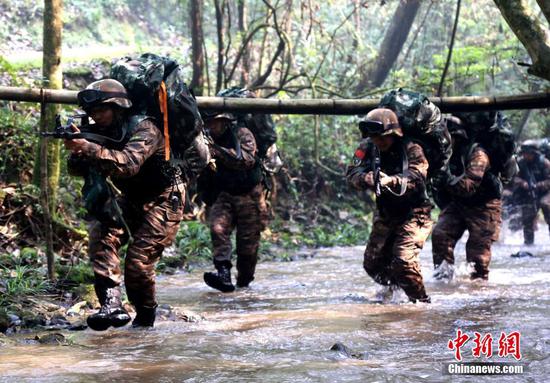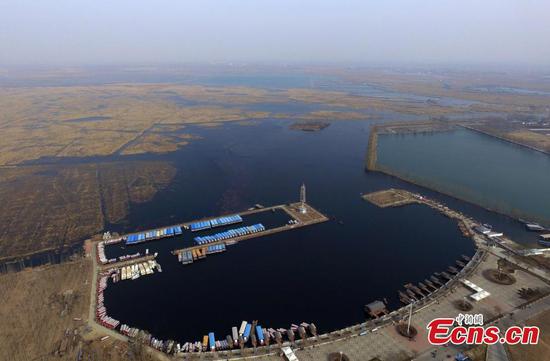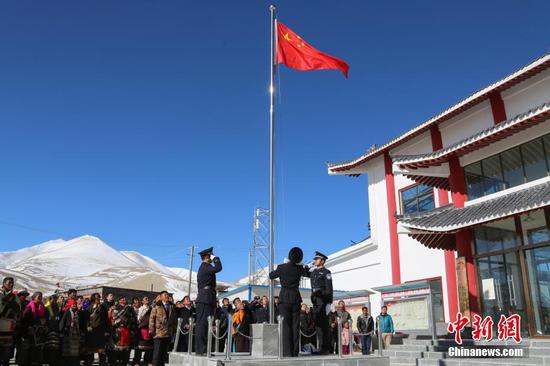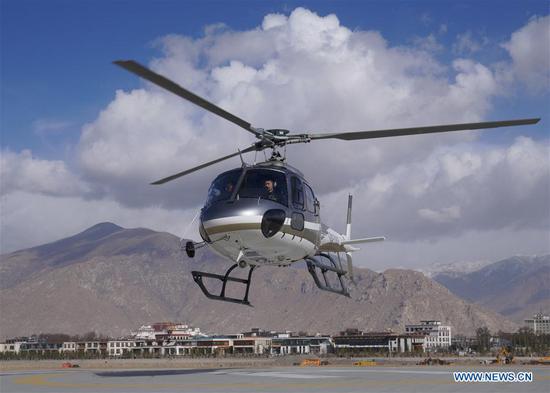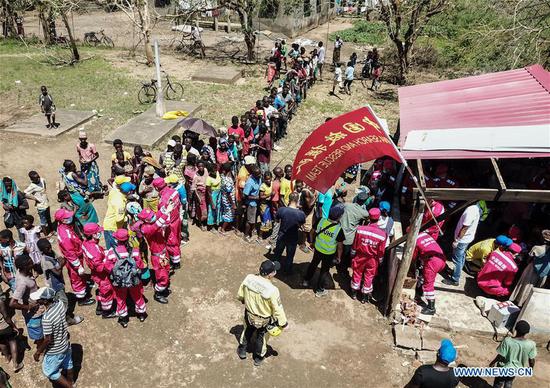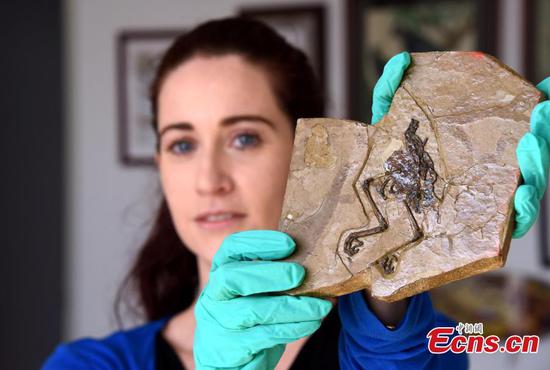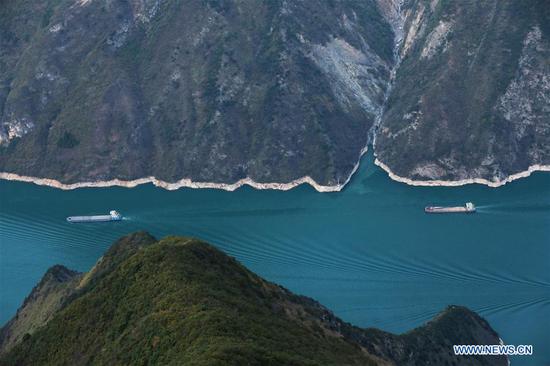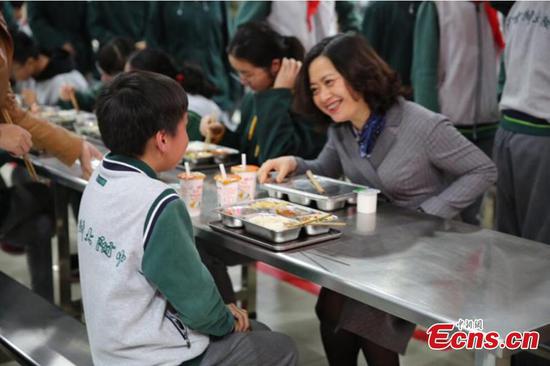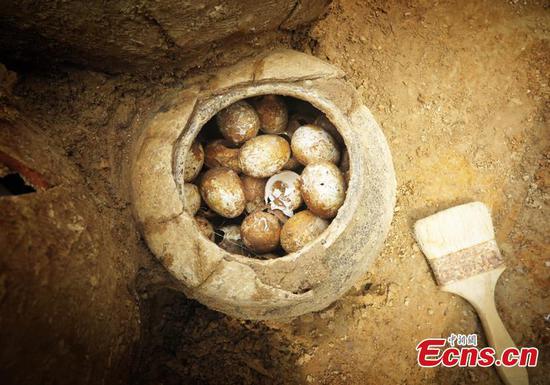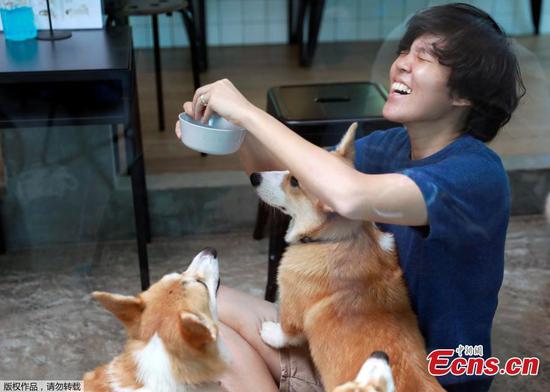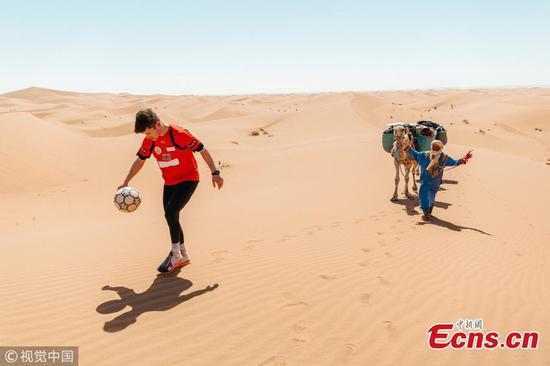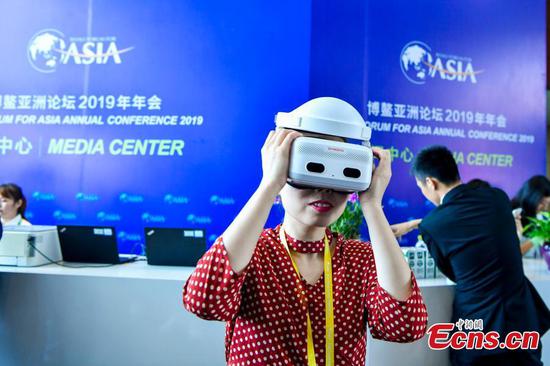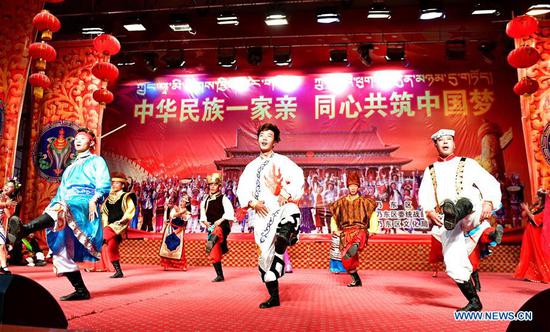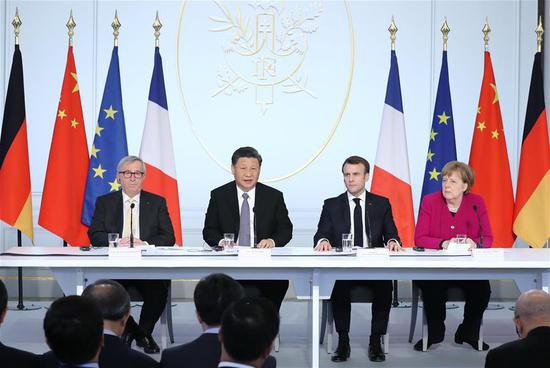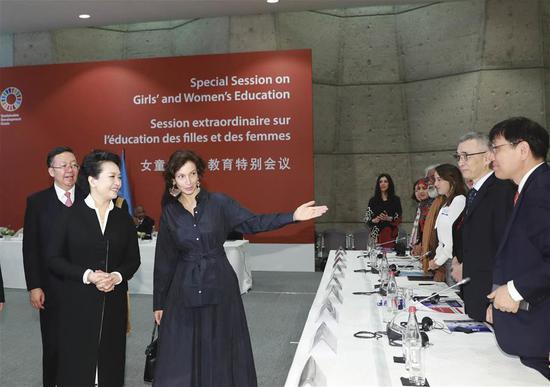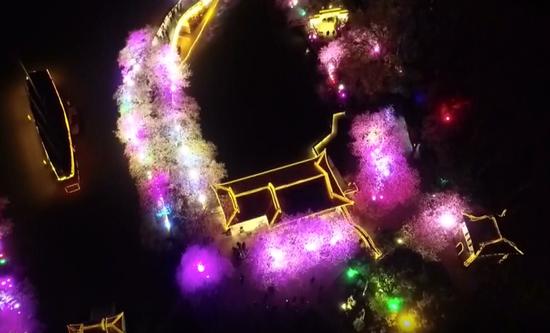As the 2019 subsidy policy for China's new-energy vehicle (NEV) industry has been rolled out, domestic automakers have to make efforts to cut their reliance on subsidies and totally focus on their products and technology for the market, Chinese analysts told the Global Times.
Subsidies are for small NEV makers to help them gain a foothold in the market. But as the domestic NEV sector is becoming mature and more NEV firms, especially competent ones, are launching competitive products for the market, subsidies cannot be counted on for survival and development, said Cui Dongshu, secretary-general of the China Passenger Car Association.
According to a joint statement by the Ministry of Finance (MOF) and other departments on Tuesday, the newest subsidies for new-energy passenger cars, buses and trucks, are cut by 50 percent on average from 2018. Subsidies will be phased out by the end of 2020.
Subsidies from the Chinese central government to the EV industry were introduced in 2009.
"The ratio is basically in line with the reduction of comprehensive costs for complete vehicles," said the statement.
The subsidy for pure electric cars with a driving range of 400 kilometers and above will be cut by half, to 25,000 yuan ($3,700) per vehicle from 50,000 yuan in 2018. Cars with a driving range of less than 250 kilometers will not qualify for any subsidy, while the threshold for last year's subsidy was 150 kilometers, according to the fresh policy.
Cars with longer driving ranges, higher battery densities and higher electricity consumption levels will obtain more subsidies as the policy is oriented to the high-quality development of China's NEV industry, Cui told the Global Times on Wednesday.
Feng Shiming, a car analyst at Shanghai-based Menutor Consulting, said that setting higher standards is intended to meet the basic needs of consumers as some vehicles with very short driving ranges still exist in the market.
This year's subsidy adjustment has taken such factors as industry growth, cost reduction and subsidy phase-out into consideration, the Xinhua News Agency reported Wednesday, citing an official of the MOF, adding that lower subsidy standards will help the industry's strong players to stand out and inferior ones to be eliminated.
The gradual phase-out is to prevent drastic changes in the sector, said the official.
As far as Cui is concerned, the falling ratio of an average of 50 percent was not unexpected, but the market still needs some time to adjust.
The new policy requires local governments to remove subsidies on purchases of NEVs after a three-month grace period that started on Tuesday and ends on June 25. More funds will be used to build infrastructure, including charging and hydrogen refueling facilities, and relevant services.
The period is to guarantee the industry's smooth transition, since vehicle companies need to renovate and upgrade their technologies and reduce inventories, the ministry said.
"Car companies will take full advantage of the gap to adjust their strategies and boost their sales," said Cui.
Prices up?
As subsidies are scaled back, potential NEV buyers have concerns that producers are likely to increase their car prices. Many companies quickly responded to such concerns.
State-owned GAC New Energy Automobile Co said on its official website "Solid promise: no price change". The subsidy for the Trumpchi GE3 stays at 90,700 yuan while that of the Trumpchi GS4 PHEV is 33,000 yuan.
Warren Buffett-backed Chinese NEV maker BYD Auto Co said it will not raise car prices. BYD has already fit into the new auto environment led by NEVs and is fully prepared to popularize high-quality products, according to a statement that the Shenzhen-based automaker sent to the Global Times on Wednesday.
BYD alone received over $1 billion in subsidies from government for NEV sales in 2016, according to the calculations of Quartz. The company has grown into China's biggest EV maker.
New entrants like NIO and XPeng have also assured potential customers that they would not totally transfer the added costs to buyers.
US-listed NIO said customers who had paid for their orders before Tuesday will qualify for the subsidy policy of 2018, while the gap generated by the two years' policy difference will be covered by the company.
Orders that will be paid after April 1 will conform to the new subsidy policy this year, NIO said in a statement sent to the Global Times on Wednesday.
"NEVs have definitely become the trend of the domestic auto market. Car companies are determined to make NEVs even if they're losing money in the sector, and they would not be wise to transfer the costs generated by lower subsidies to consumers amid market competition," said Cui.
Stack up against Tesla?
After a decade of development, China's NEVs are starting to gain momentum. Amid sluggish overall auto sales last year, the NEV sector has become the industry's sales engine. During 2018, more than 1 million passenger NEVs were sold, up 88.5 percent year-on-year, according to the China Passenger Car Association (CPCA).
China is going all-out on green mobility by supporting NEV development. Both domestic and foreign companies are betting on the Chinese NEV market, even as some foreign automakers cut production of traditional internal-combustion cars in China.
US technology giant Tesla Inc began construction on its Gigafactory in Shanghai this year, where it will make the electric Model 3, which is bound to stimulate the domestic NEV sector.
Feng told the Global Times on Wednesday that there are more than 100 new entrants in the NEV market, and all of them are aiming at the standards set by Tesla.
"Leading new auto companies like NIO and XPeng might have caught up to 70-80 percent of Tesla's hardware competence, but in terms of software, it's less than 50 percent," said Feng.
"For example, the autopilot function of Tesla has accumulated more than 10 billion miles and the more data it collects, the stronger it will become because data is the real strength," Feng said.
Traditional carmakers including BYD and Geely are also aiming at Tesla, and they have more funds to support their research and development in software technology, he added.
"Becoming market-driven by launching good products has become the priority for domestic carmakers amid dual pressure from lower subsidies and competition from Tesla's Shanghai factory," he said.
Feng forecast that only 10 of the new carmakers would survive by 2022.









